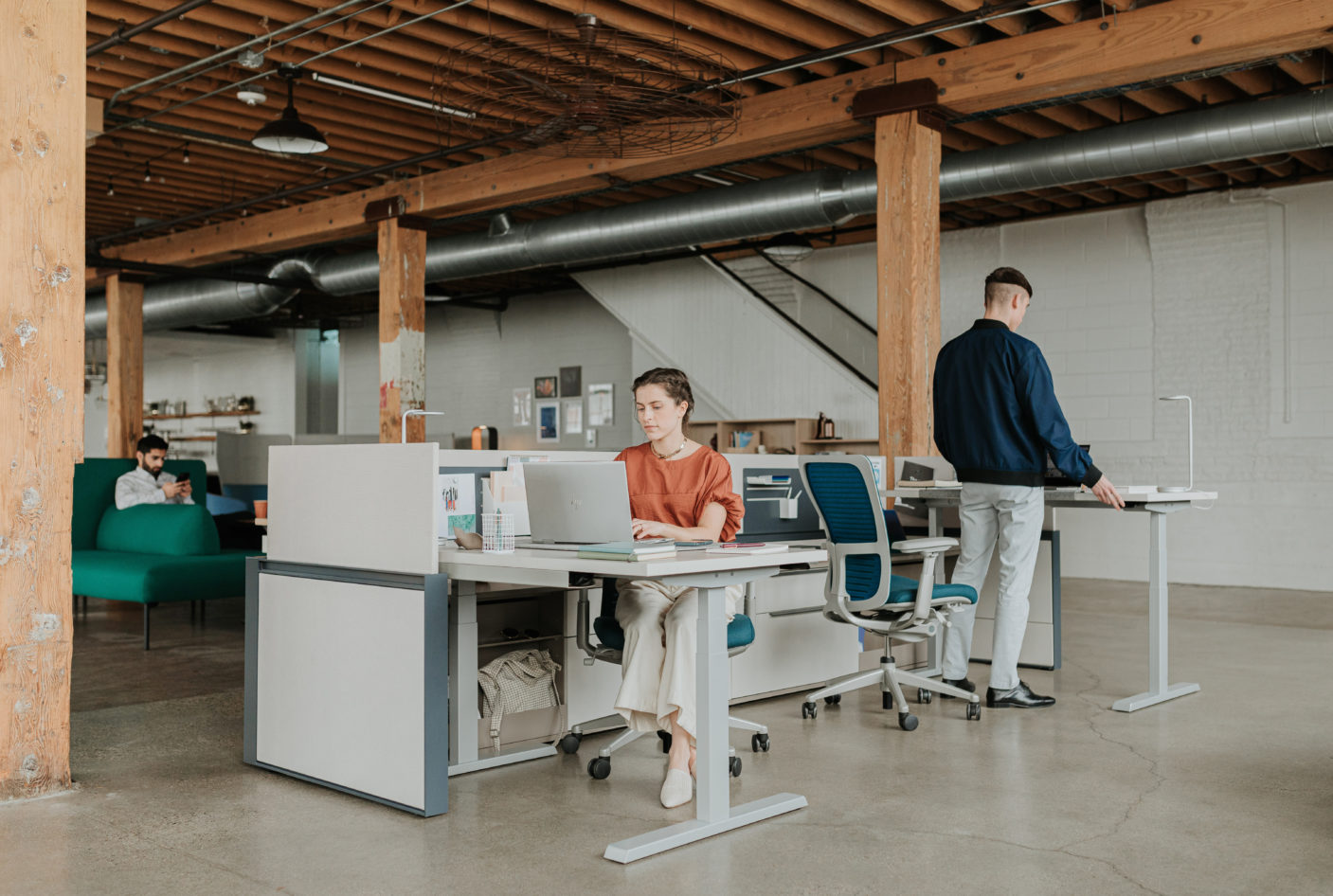
In recent years, office design has shifted to a more holistic and humancentric approach that improves employee performance, increases attraction and retention, and benefits the bottom line.
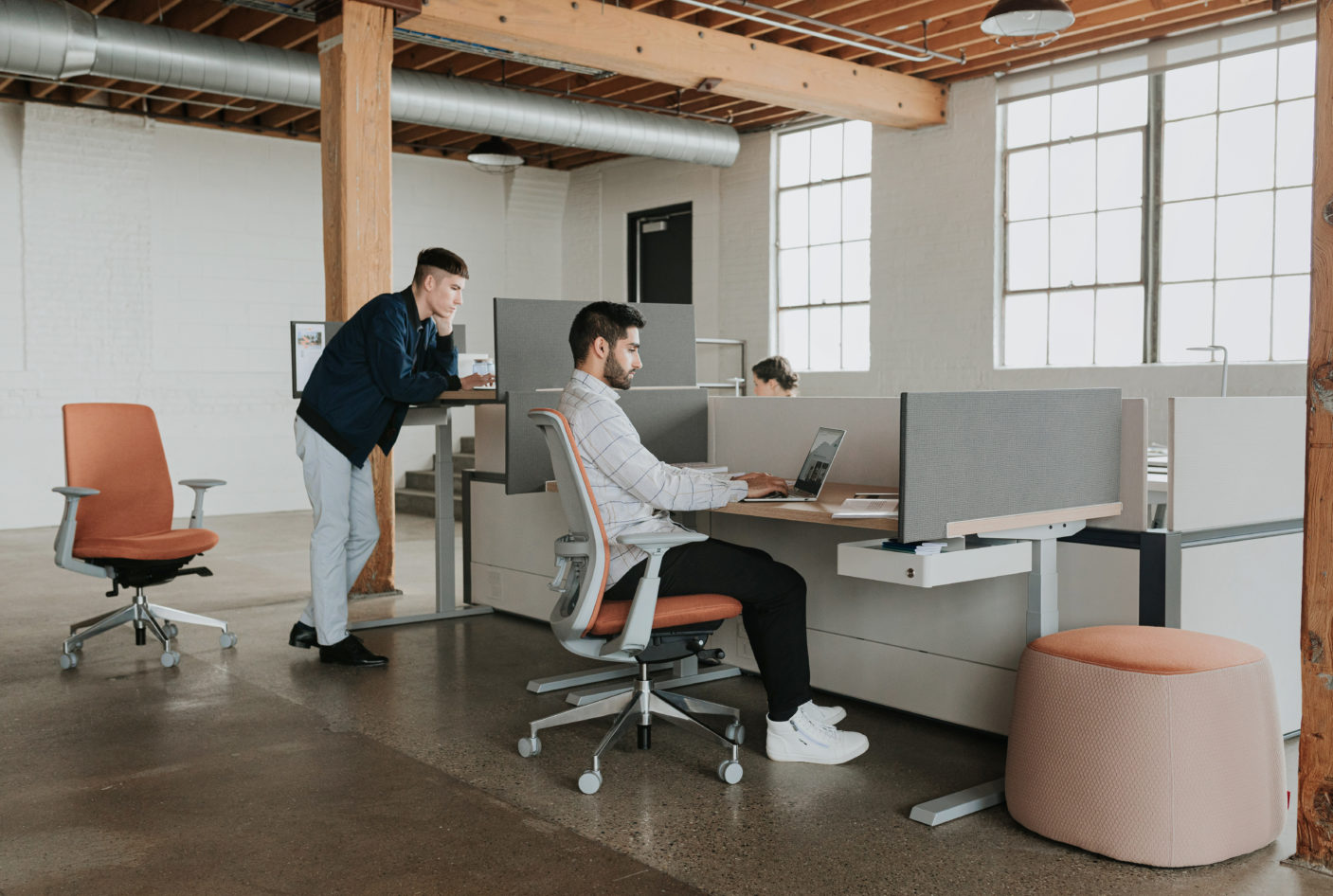
Healthy Workplaces
Today the workspace can promote well-being, an enduring state that encompasses cognitive support, psychological comfort, and physical wellness, and can also lead to engaged and healthy employees.
It is proven that a healthy humancentric environment promotes a healthy way of living to greater extent than medical advice.
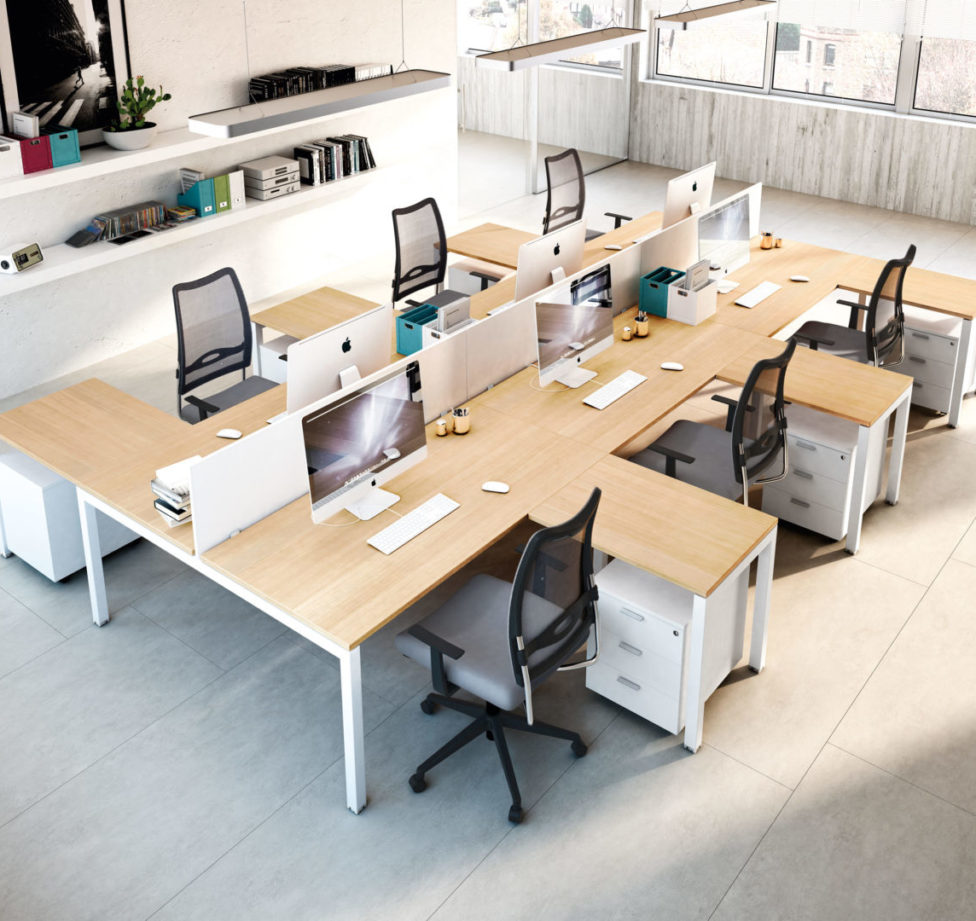
A sedentary lifestyle and muscle passivity have negative impact on human’s health. Firstly, it slows down our metabolism and reduce enzymes while raising glucose and cholesterol levels. Body posture is getting worse, causing pain in spinal cord and legs. As a result, individuals feel discomfort, stress levels are raised, concentration and good mood are lowered and, generally, the productivity is reduced. Making up for the long hours spent sitting down with intense gym sessions to loosen joints and muscles is not good either. However, introducing movement in our day-to-day lives is important, especially in traditionally sedentary jobs.
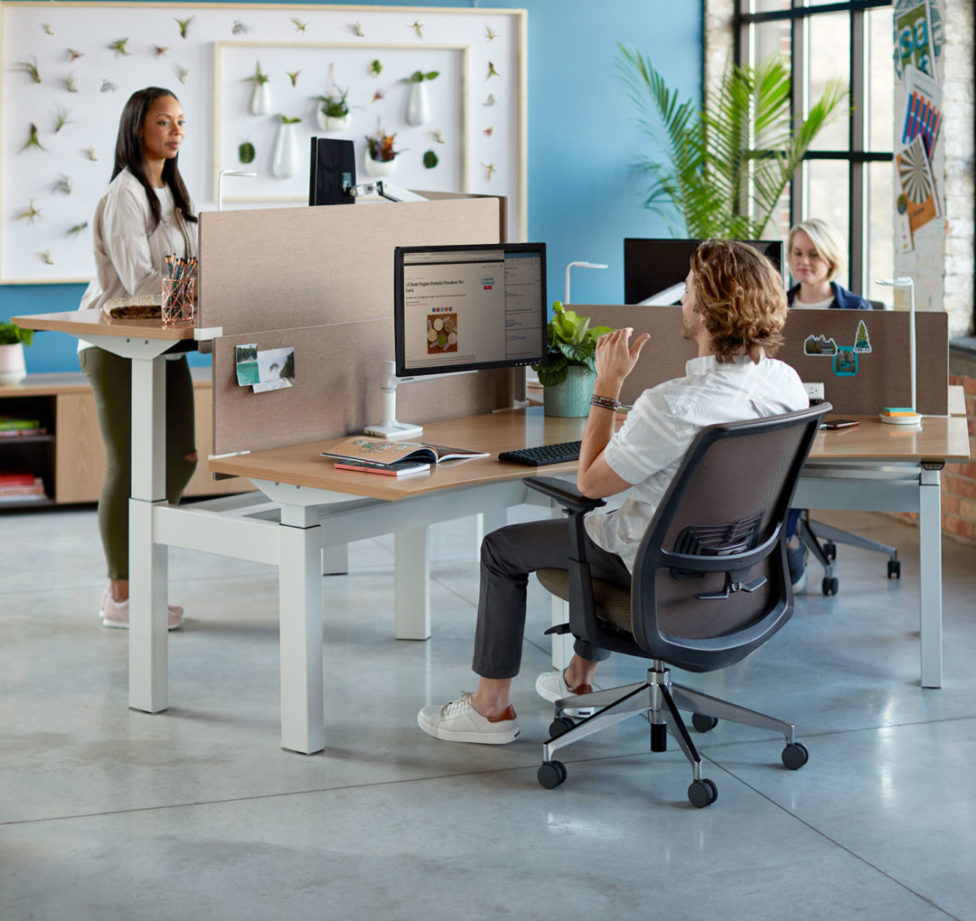
Sit & Stand desks solve the perpetual problem of the sedentary lifestyle. A height-adjustable table allows everyone to customize the height to what is most ergonomically comfortable, regardless if seated, standing, or somewhere in-between. Coupled with technology, workers can vary between positions throughout the day, improving circulation and possibly reducing risk of musculoskeletal injury.
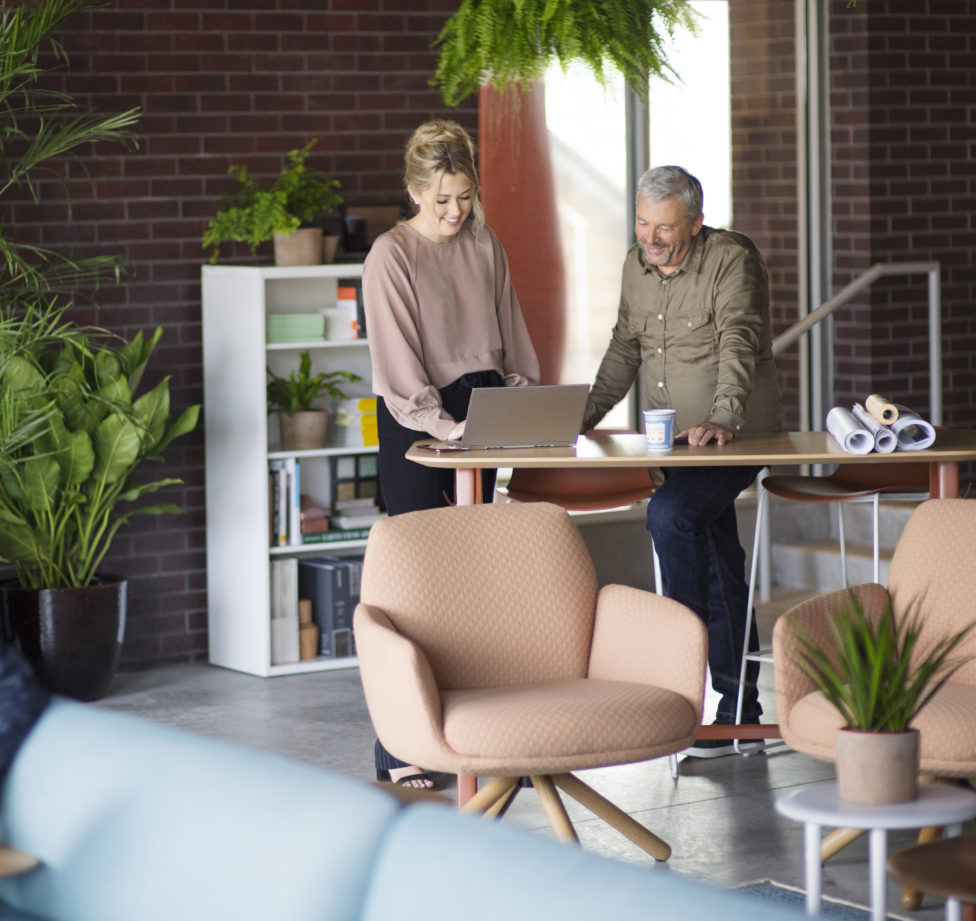
The advantages of incorporating movement and standing work into daily work routines are countless. It improves the harmful effects of a sedentary lifestyle, reducing stress and the risk of suffering from serious illnesses leading to increased life expectancy, as more calories are burned and heart rate and back pain are improved. It also improves mood, humour and productivity, as standing increases attention and encourages completing the task you are working on, with fewer distractions and more motivation.
Photographic material: Haworth